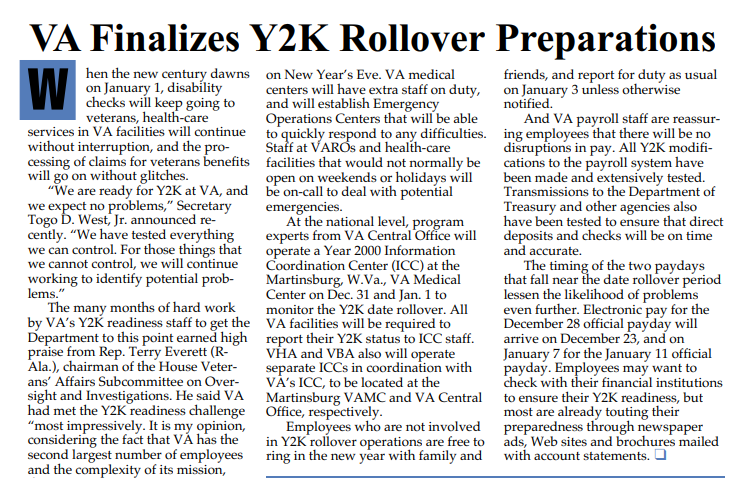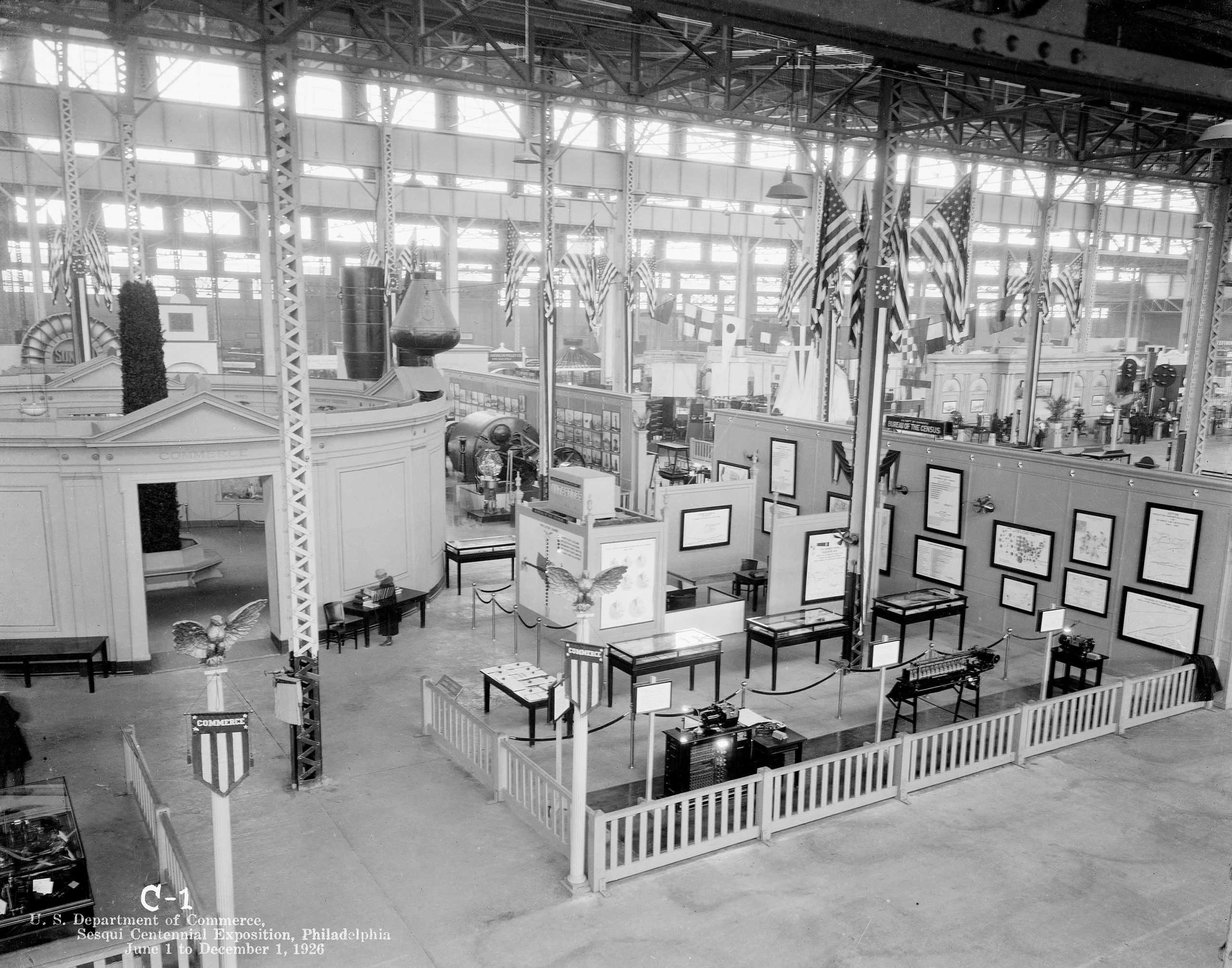
Featured Stories
Happy Birthday America! How VA and Its Predecessors Celebrated the Nation’s Independence at 100, 150, and 200 years
In 2026, the United States will celebrate the 250th anniversary of its independence. While this will be the Department of Veterans Affairs’ first national centennial since becoming a cabinet-level department in 1989, its predecessor organizations, including the National Home for Disabled Volunteer Soldiers, the Pension Bureau, the Veterans Bureau, and the Veterans Administration, routinely participated in national centennial commemorations. Each served to honor the contributions of American Veterans in preserving freedom.
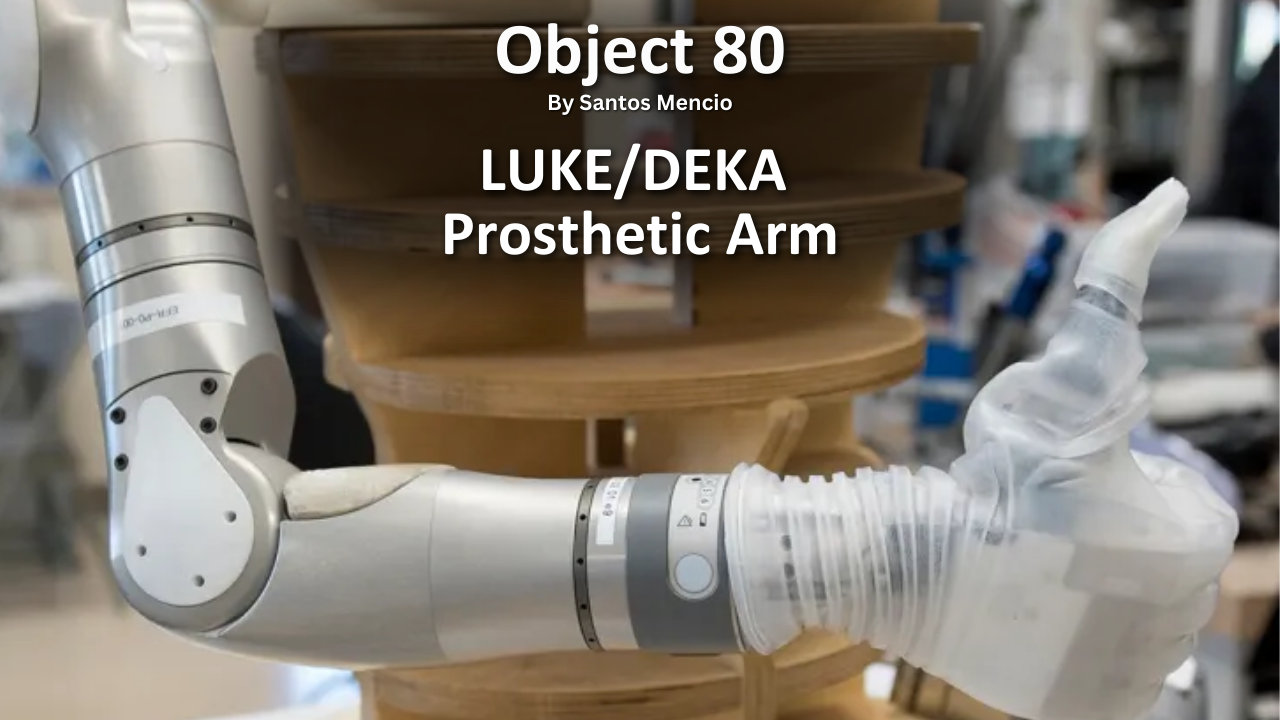
History of VA in 100 Objects
Object 80: LUKE/DEKA Prosthetic Arm
In the 19th century, the federal government left the manufacture and distribution of prosthetic limbs for disabled Veterans to private enterprise. The experience of fighting two world wars in the first half of the 20th century led to a reversal in this policy.
In the interwar era, first the Veterans Bureau and then the Veterans Administration assumed responsibility for providing replacement limbs and medical care to Veterans.
In recent decades, another federal agency, the Defense Advanced Research Project Agency (DARPA), has joined VA as a supporter of cutting-edge research into artificial limb technology. DARPA’s efforts were spurred by the spike in traumatic injuries resulting from the emergence of improvised explosive devices as the insurgent’s weapon of choice in Iraq in 2003-04.
Out of that effort came the LUKE/DEKA prosthetic limb, named after the main character from "Star Wars."

History of VA in 100 Objects
Object 79: VA Study of Former Prisoners of War
American prisoners of war from World War II, Korea, and Vietnam faced starvation, torture, forced labor, and other abuses at the hands of their captors. For those that returned home, their experiences in captivity often had long-lasting impacts on their physical and mental health. Over the decades, the U.S. government sought to address their specific needs through legislation conferring special benefits on former prisoners of war.
In 1978, five years after the United States withdrew the last of its combat troops from South Vietnam, Congress mandated VA carry out a thorough study of the disability and medical needs of former prisoners of war. In consultation with the Secretary of Defense, VA completed the study in 14 months and published its findings in early 1980. Like previous investigations in the 1950s, the study confirmed that former prisoners of war had higher rates of service-connected disabilities.
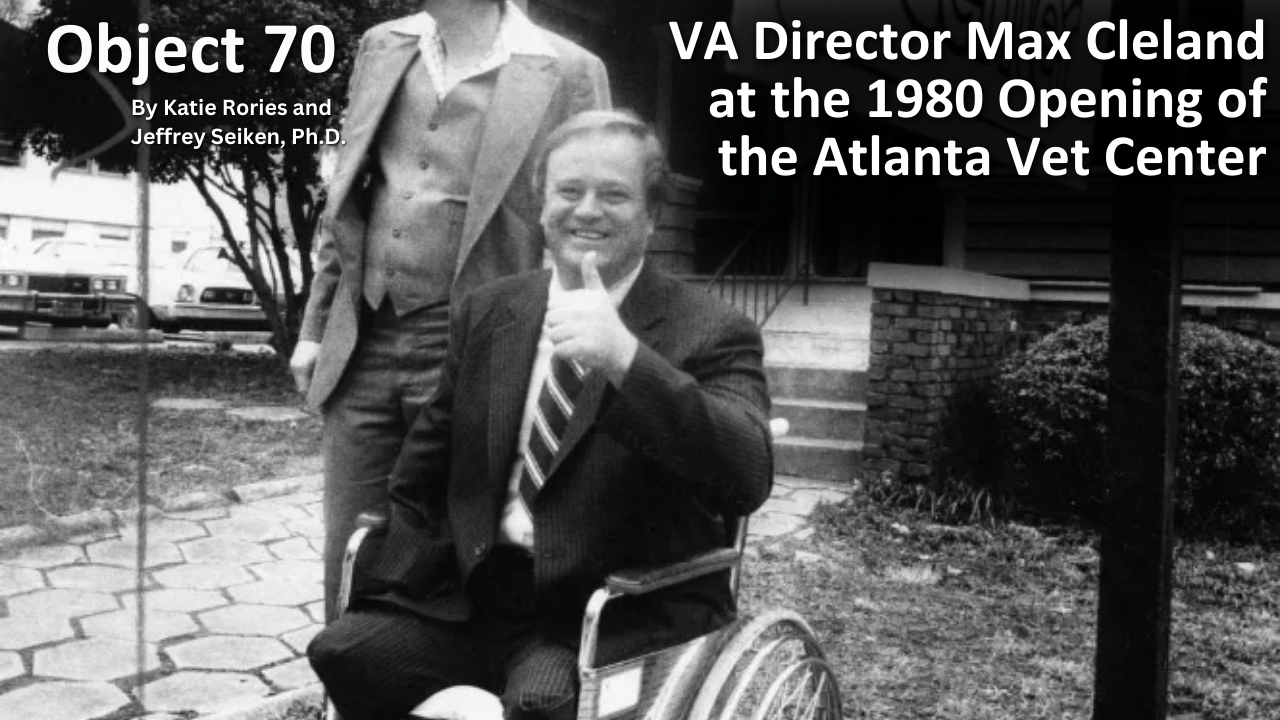
History of VA in 100 Objects
Object 70: VA Director Max Cleland at The 1980 Opening of The Atlanta Vet Center
After the Vietnam War, the nation was eager to put the divisive and unpopular conflict behind it. However, the 3.4 million Veterans who served in the Vietnam theater did not have that luxury. One of those Veterans was Max Cleland who lost his legs in the war. He made it a mission to advocate for his fellow Veterans, who struggled with the aftereffects of the war. Eventually, this led to Cleland turning to politics and at 34 being appointed as the youngest Administrator for the Veterans Administration.
During his tenure at VA, Cleland delivered on his goal of providing readily accessible mental health and readjustment counseling designed expressly for Vietnam Veterans. In 1979, VA launched an initiative called Operation Outreach to establish community-based Vet Centers across the country. In one year there were 91 Vet Centers. Today there are over 300.

History of VA in 100 Objects
Object 60: VA Medal of Honor Recipients Wall Display
The Congressional Medal of Honor is the nation’s highest decoration for valor in the military. More than 1,000 have been awarded, and 98 of those recipients worked at VA. A wall display outside VA's Under Secretary for Benefits in Washington, D.C. pays tribute to each of those individuals, whose stories are tied to the legacy of Veterans serving Veterans.

History of VA in 100 Objects
Object 41: Creating the Department of Veterans Affairs
On November 10, 1987, President Ronald W. Reagan declared he would support legislation elevating the Veterans Administration to a cabinet department, creating the Department of Veterans Affairs. The news caught his advisors off-guard.
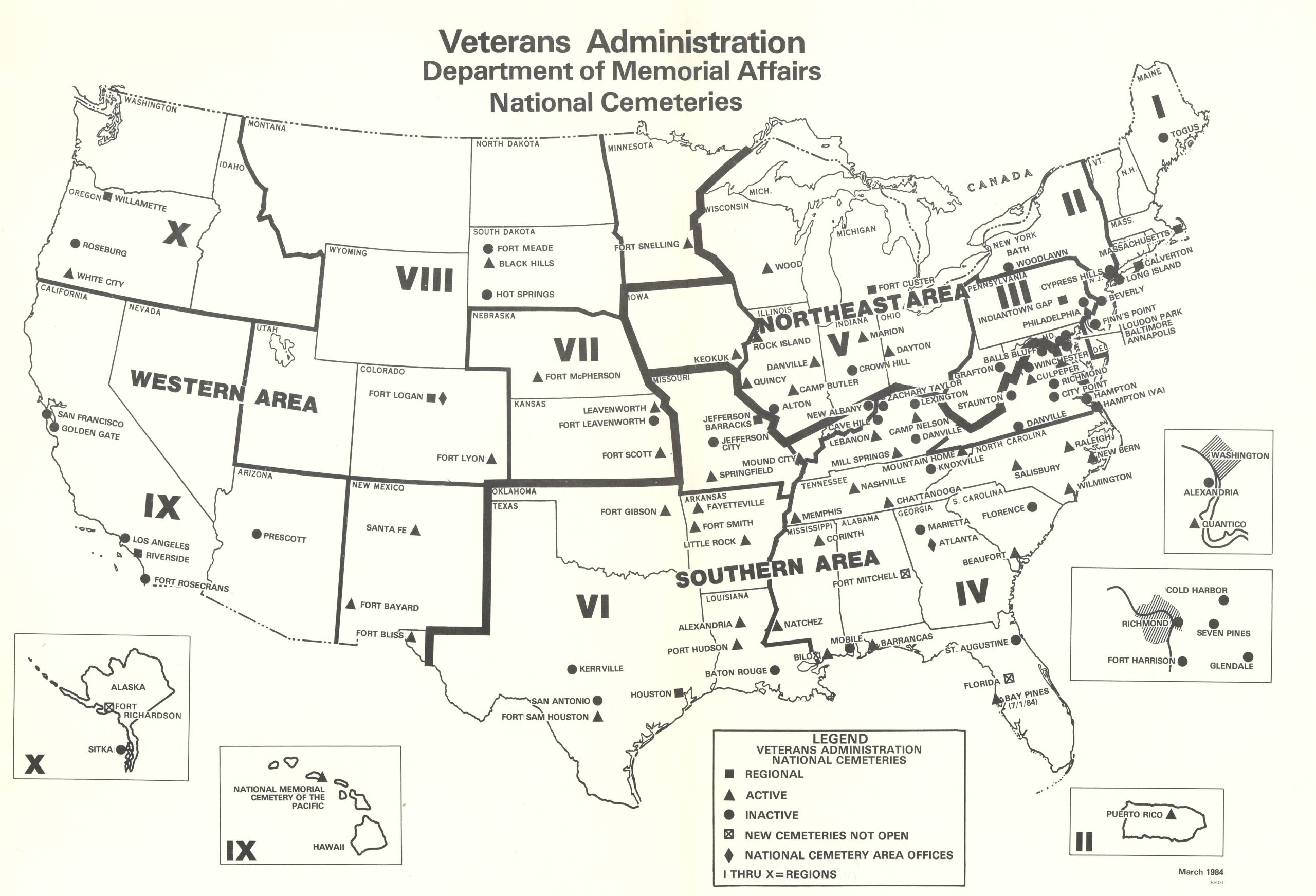
Featured Stories
1973 – National Cemetery System Joins VA
On September 1, 1973, the Veterans Administration (VA) became the steward of 103 national cemeteries, 22 soldiers’ and government lots in private cemeteries, 7 Confederate cemeteries, and 3 monument sites with the absorption of the National Cemetery System. It also took responsibility for the procurement of government headstones and markers for eligible veterans. VA was now in the cemetery service.
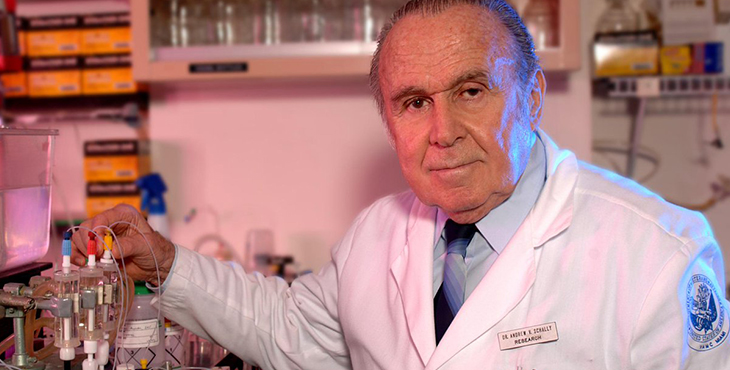
Featured Stories
Dr. Andrew Schally: Nobel Prize Laureate
Dr. Andrew Schally was born in Poland, and through early struggles under German occupation during World War II, started a journey as a medical researcher that would take him to VA and groundbreaking research on hormones. In this feature by VA History intern Parker Beverly, follow along Dr. Schally's career as his medical research was recognized in 1977 with the Nobel Prize.


